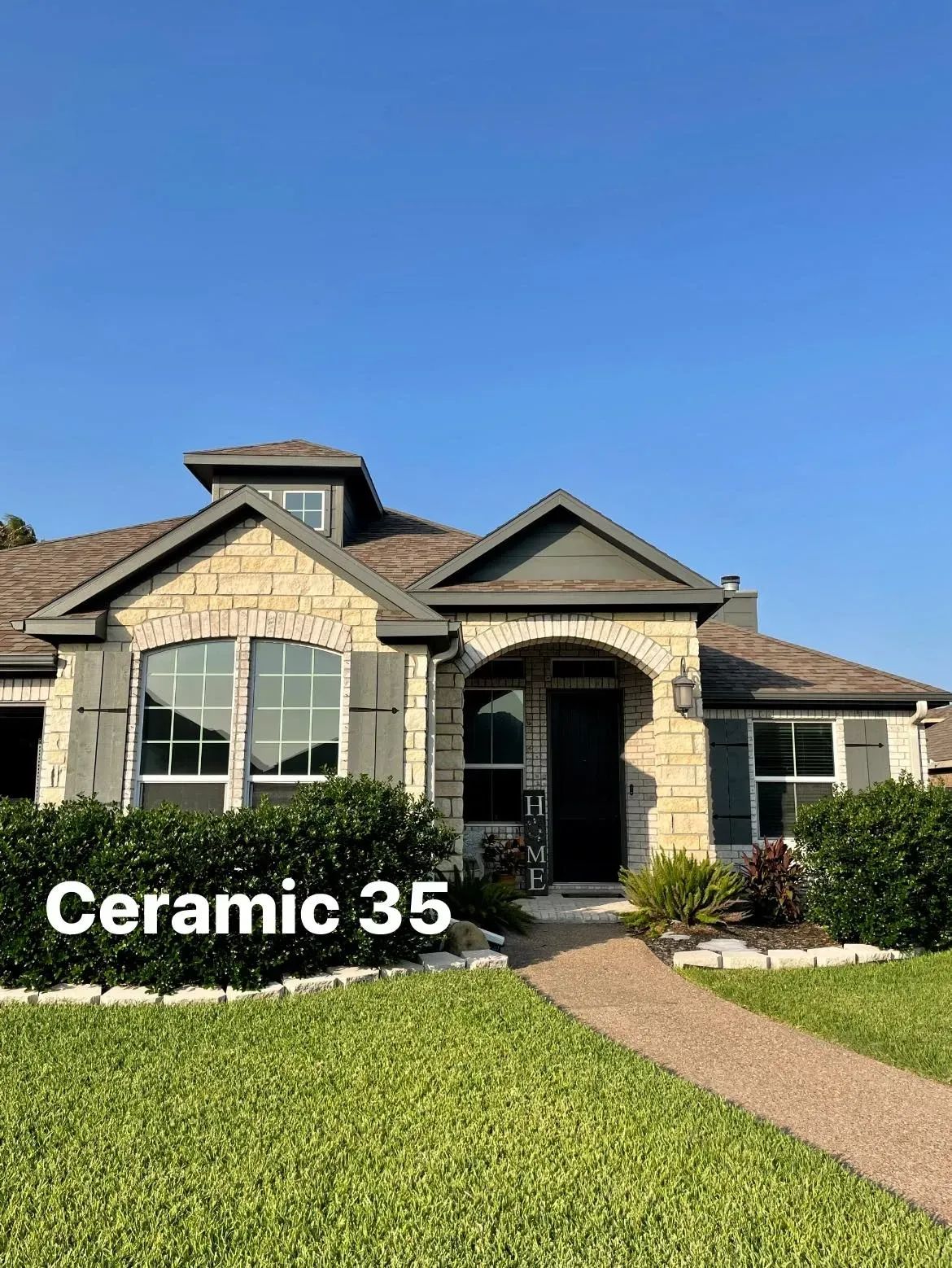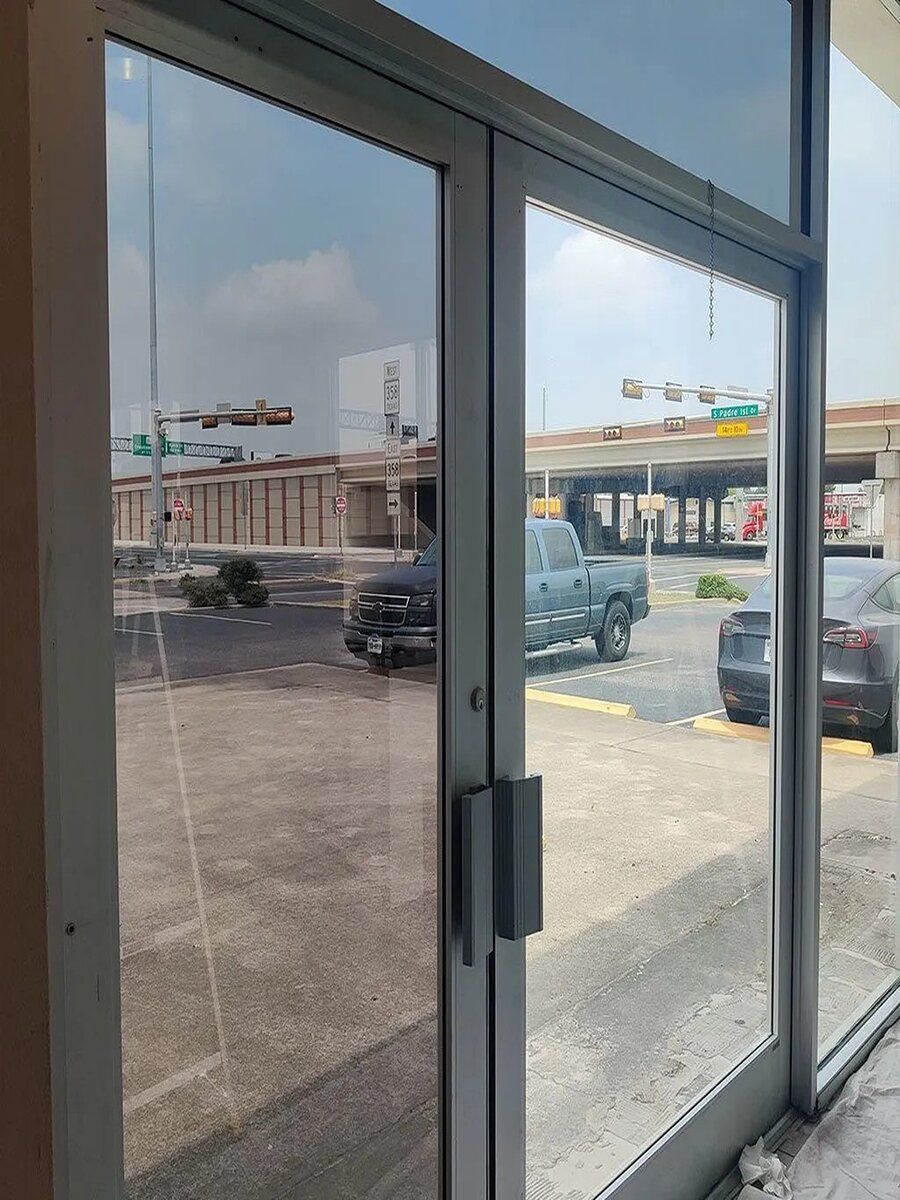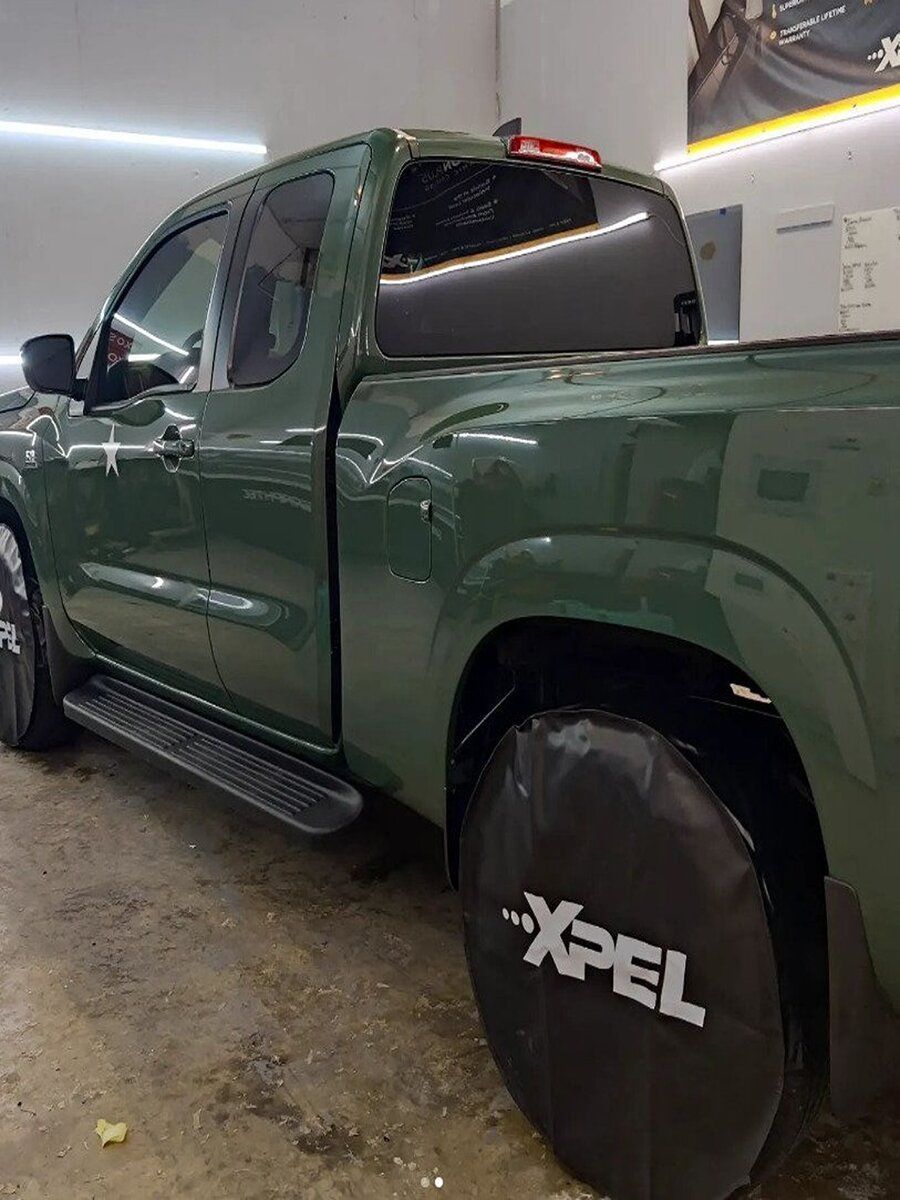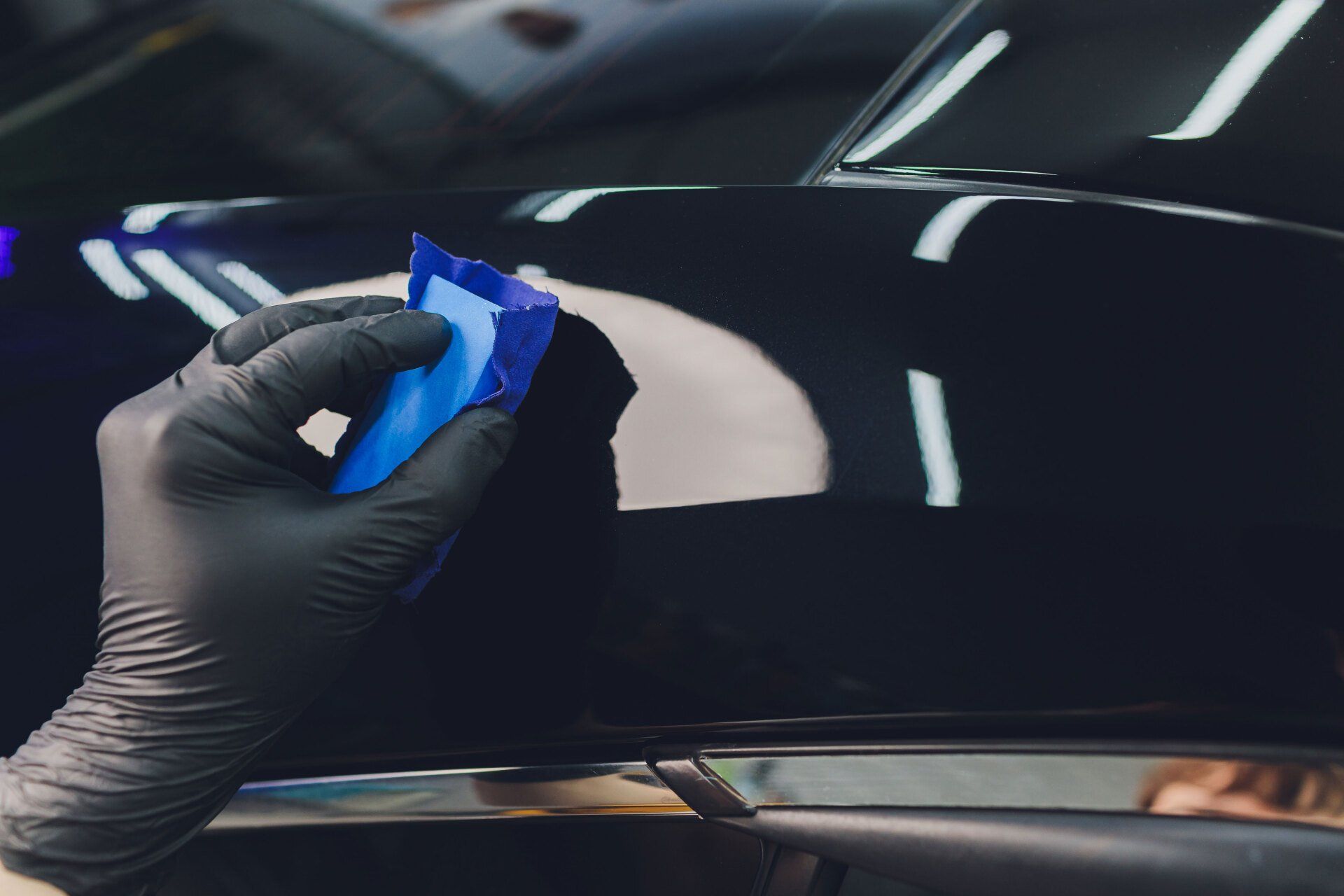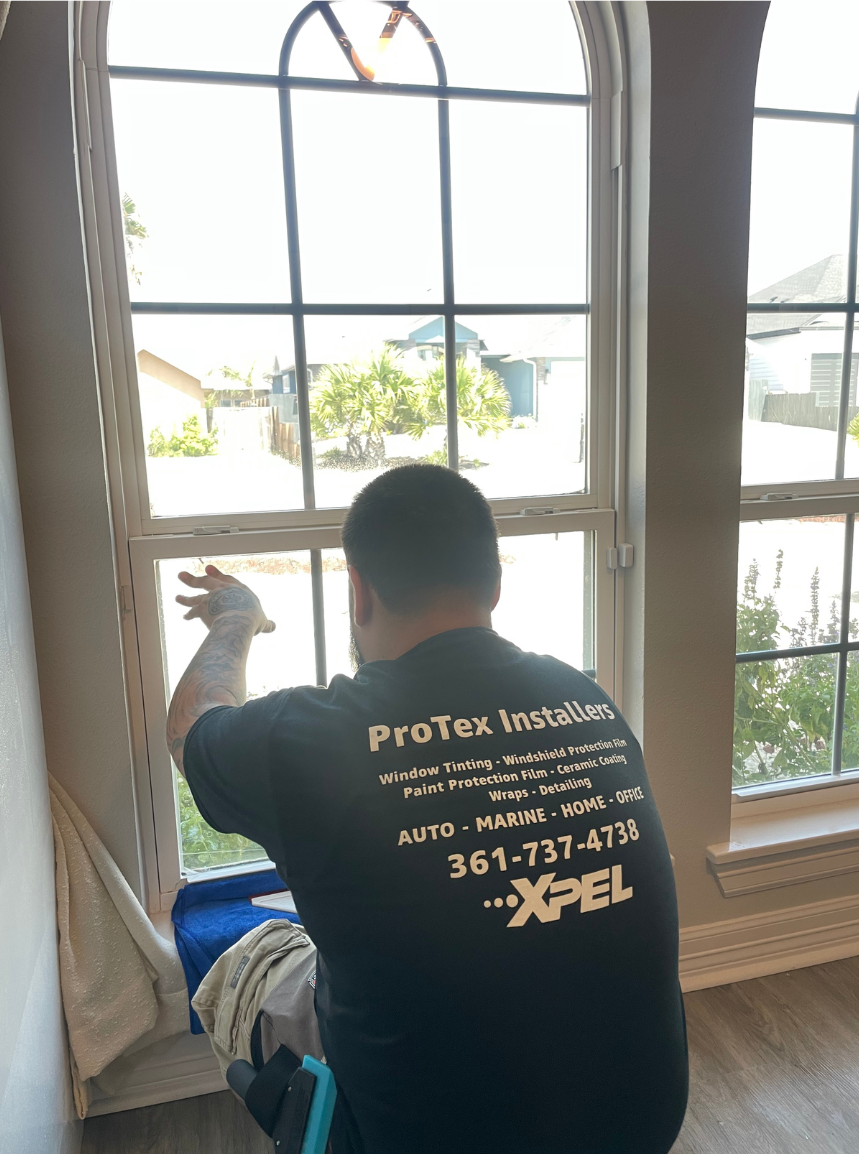Home Window Tinting: The Secret to Maximizing Natural Light
Every homeowner knows that natural light can transform a living space, making it feel warm and welcoming. However, striking the perfect balance between light, privacy, and protection is often a daunting task. Window tinting presents an inventive solution that not only maximizes natural light but also addresses other pressing concerns.
Imagine afternoons without the harsh glare while still enjoying a bright room or protecting your treasured furniture from fading. We've invested considerable effort in researching how different types of window tints can enhance indoor comfort and aesthetics. From reducing energy costs to offering UV protection, the benefits are both extensive and practical. By diving deeper, you'll discover how window tinting could be the key to elevating your home's ambiance and efficiency without sacrificing that precious sunlight you cherish.
Home window tinting can help maximize natural light by reducing glare and heat from the sun while still allowing ample sunlight to enter your space. By choosing the right tint level, you can achieve a perfect balance of natural light and comfort within your home.
The Benefits of Home Window Tinting
When considering home window tinting, our focus often remains on visual enhancements. However, its impact goes beyond altering the view from inside our houses. An important advantage is the reduction of glare, leading to a comfortable, glare-free environment for various indoor activities, such as reading and watching TV.
But there's more to it than just visual comfort. Window tinting acts as a shield against harmful UV rays by blocking up to 99% of them from entering your home. This offers protection against prolonged UV exposure for you and your family while safeguarding interior furnishings like furniture, flooring, and artwork from fading and damage. It serves as a form of sunscreen for your home, shielding your valuables and preserving them from the aging effects of the sun.
Energy Efficiency at its Best
Window tinting provides substantial energy-saving benefits, contributing to reduced utility bills. For instance, during scorching summers, window tinting effectively prevents excessive heat buildup within the walls of your home, reducing the load on air conditioning systems and trimming down cooling costs. Similarly, in winter, it helps to keep the warmth inside, minimizing the need for continuous heating and cutting down on electricity or gas consumption.
The financial savings are substantial when you consider how much energy-efficient practices can reduce utility expenditures month after month.
The
benefits of home window tinting go far beyond what meets the eye—enhancing comfort indoors, providing protection against harmful UV rays, and contributing to notable energy savings over time. With all these advantages combined, window tinting proves to be a wise investment for any homeowner seeking a more comfortable and cost-effective living space.
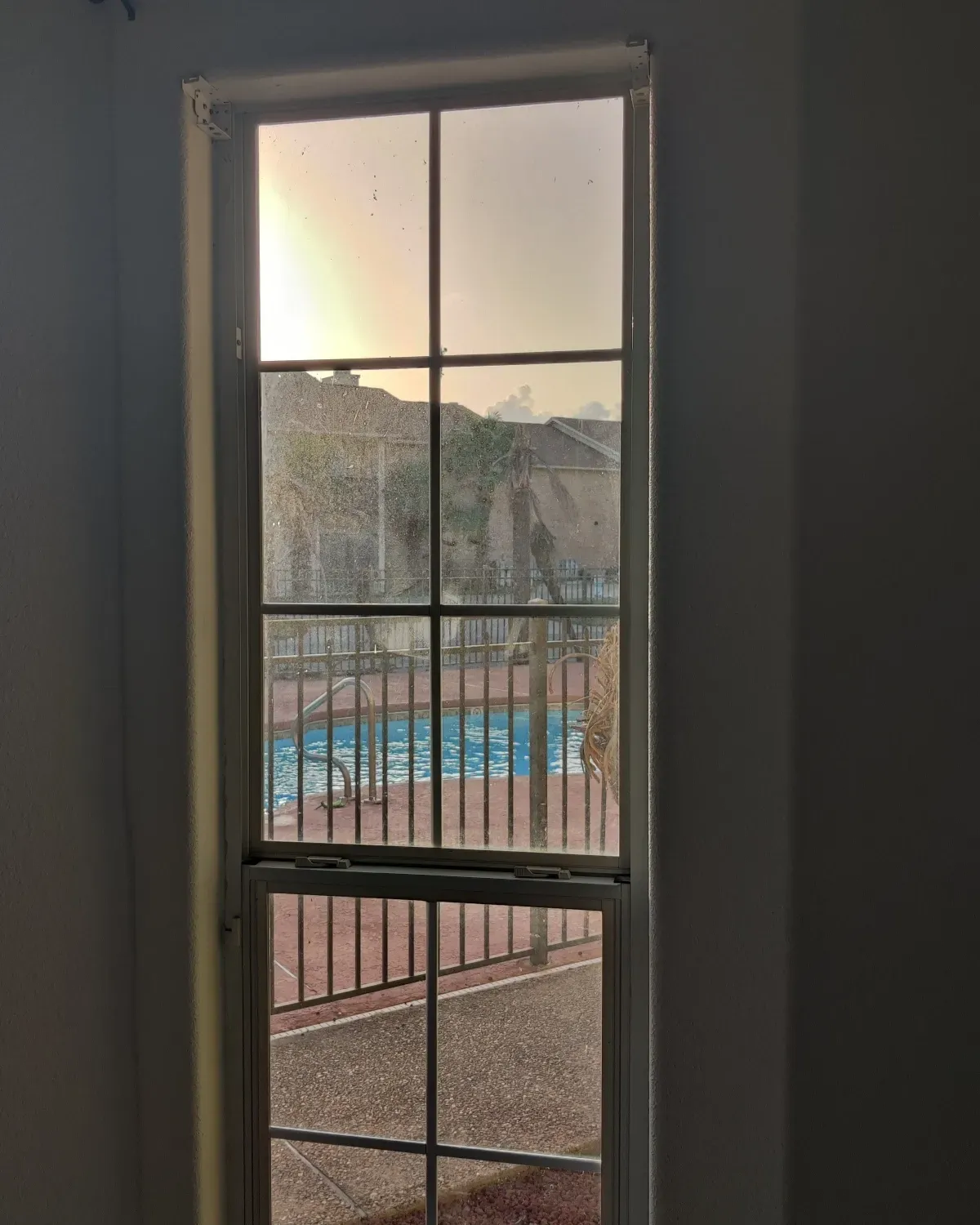
Types of Window Films
When it comes to window films, not all are created equal. Different types are designed to serve varied purposes—be it controlling heat, enhancing privacy, ensuring safety, or simply adding an aesthetic touch to your home. Let's take a closer look at the key types:
Solar Control Films
Solar control films are tailored to reduce heat and glare from sunlight, making them an excellent choice for improving indoor comfort and energy efficiency. These films work by rejecting a significant amount of solar heat, which translates to lower cooling costs. By reducing glare, they also enhance visibility and diminish eye strain caused by bright sunlight. This type of film offers the dual advantage of maintaining a comfortable indoor environment while also supporting energy conservation.
Decorative Films
On the other hand, decorative films provide both privacy and style without significantly obstructing natural light from entering your space. They come in a variety of designs, patterns, and textures, offering homeowners the freedom to choose based on their personal preferences. These films are perfect for creating distinctive interiors and can be applied to various glass surfaces in your home. Whether it's the bathroom or living room windows, decorative films enhance the aesthetic appeal while maintaining an optimum level of natural light.
Safety and Security Films
For added protection against break-ins and accidents, safety and security films are the go-to options. Thicker than other types of window films, they're specifically designed to hold shattered glass together upon impact. In addition to preventing potential injuries caused by broken glass, they act as an effective deterrent against forced entry attempts. With enhanced resistance to impact, these films provide peace of mind while preserving the integrity of your windows.
Low-E Films
Low-emissivity (Low-E) films are engineered to improve thermal insulation in your home. By boosting insulation properties, these films effectively regulate interior temperatures, making them ideal for homes situated in extreme climates. Whether it's sweltering summer heat or frosty winter days, Low-E films help maintain comfortable indoor conditions while reducing energy consumption.
To determine which type of film best suits your specific needs and preferences, visit the service pages at ProTex Installers. There, you'll find detailed information that can guide you in making an informed decision that aligns with your requirements.
Factors to Consider in Home Window Tinting
Before considering window tinting for your home, several important factors come into play. Here are some key aspects to bear in mind before making a decision:
Window Orientation
It's crucial to consider the direction your windows face. South-facing windows receive the most sunlight throughout the day, so they are prime candidates for solar control films. These films can help reduce glare and ultraviolet (UV) ray penetration without blocking out too much natural light.
Local Climate
The climate you live in plays a significant role in choosing the right window tint. In warmer climates, films with higher heat rejection ratings are beneficial as they can help reduce solar heat gain, keeping your home cooler and potentially lowering cooling costs. On the other hand, in colder regions, insulation properties become more important. Some tint options offer improved insulation, which can assist in retaining indoor heat during colder months.
Legal Regulations
Before selecting a window tint, it's crucial to check the local building codes and regulations regarding windows in your area. Certain regions have specific rules concerning the darkness and reflectivity of window tints. Ensuring compliance with these regulations can help avoid potential fines or removal orders down the line.
Home Aesthetics
Aesthetics are equally important when deciding on a window tint. The film you select should complement both your interior and exterior design. Some tints offer a more neutral appearance, blending seamlessly with various design styles. Others may be more reflective or colored, adding a unique aesthetic touch to your home. It's essential to choose a tint that aligns with your vision for your living space.
Understanding these factors will help you make informed decisions when selecting window tinting options for your home. Each consideration plays a significant role in achieving the perfect balance between natural light optimization, energy efficiency, and legal compliance while enhancing the overall appeal of your home.
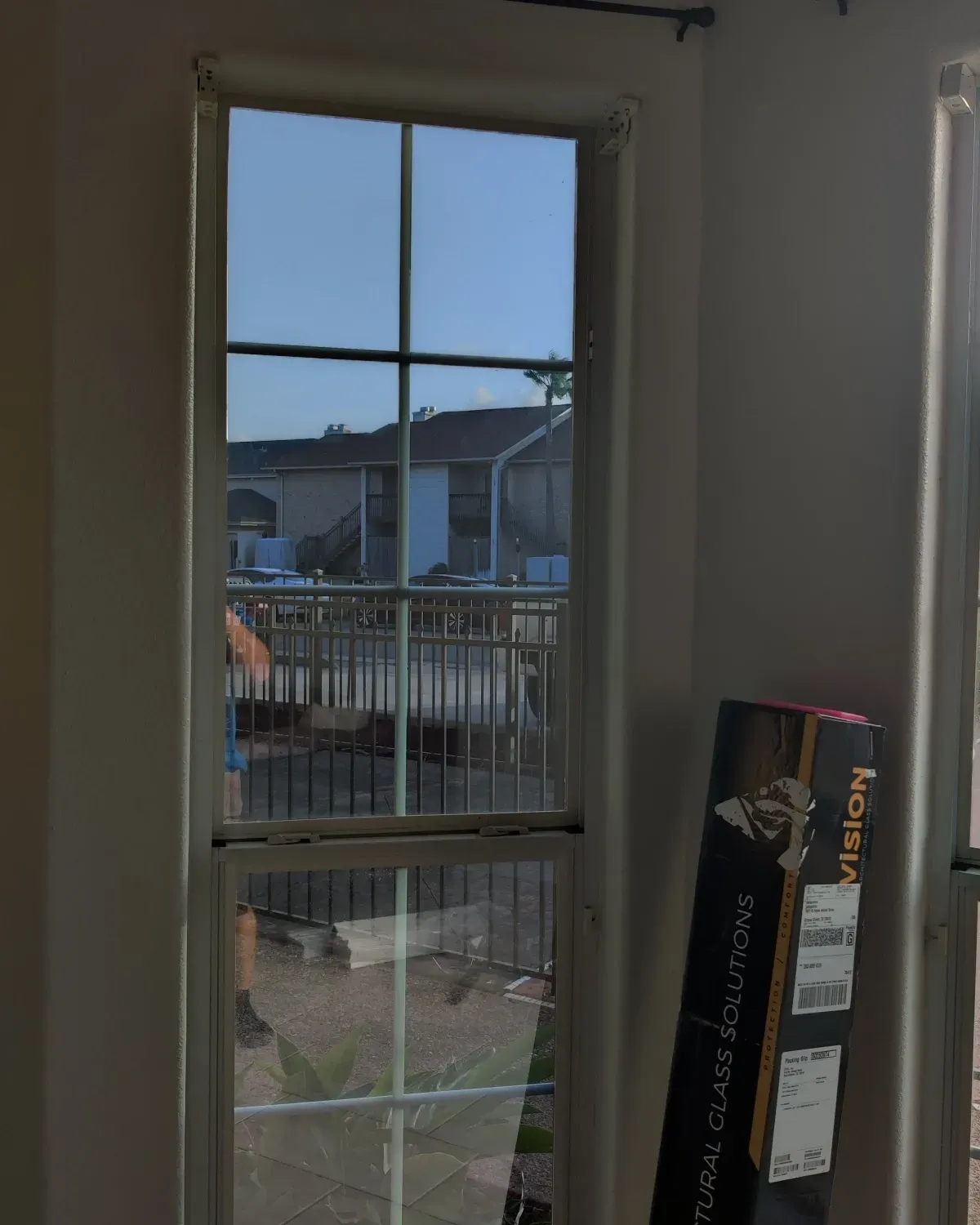
Installation Process
Installing window tint is not simply sticking a dark film onto your windows. It demands precision, care, and attention to detail. Here are the steps necessary to ensure that your window tint looks sleek and professional on every pane.
Step I: Preparation: A Clean Canvas for Tinting
Before commencing the tinting process, thorough cleaning of your windows is crucial. Dirt and grime can interfere with the adhesive properties of the tint, potentially leading to an uneven application and an unsightly finish. Ensure that you use a mild, non-abrasive cleaner to eliminate any residues and guarantee that the glass is free of debris. Pay special attention along the edges and corners where dirt tends to accumulate.
Step II: Measuring and Cutting: Precision Is Key
Accurate measurements are vital to ensuring the film covers the entire window surface without gaps or overhangs. The objective is for the film to fit just right—like a tailored suit for your window. When cutting the film, make sure to leave a little extra material on each side so there's room for adjustments later on. This extra allowance enables you to trim the film to fit perfectly once it's in place.
Step III: Application: The Wet Method
Spraying a soapy water solution onto both the window surface and the adhesive side of the film is a pivotal aspect of the process. This thin layer of soapy water allows you to maneuver the film into position without it sticking immediately. It also helps prevent premature adhesion, which can cause air bubbles and misalignment.
Step IV: Smoothing Out: Removing Air Bubbles
Once the film is in place, it's time to remove any air bubbles and excess solution using a squeezer. Starting from the center of the film and working your way outwards ensures air bubbles are pushed towards the edges, where they can be eliminated.
Step V: Trimming: A Polished Finish
After smoothing out any air bubbles, it's time to trim away any excess film around the edges for that final finishing touch. A sharp blade can be used to carefully cut away any overhanging portions of the film, ensuring clean lines and a professional appearance.
Remember, patience is key during this process. Rushing through any of these steps can lead to an imperfect application, requiring starting over from scratch. Take your time at each stage, and you'll be rewarded with a beautifully tinted window that enhances both aesthetics and functionality.
Maintaining and Cleaning Tinted Windows
Once your windows are professionally tinted, it's crucial to understand how to keep them in top condition. The positive news is that maintaining tinted windows isn't as complicated as it might seem. However, using caution and employing gentle techniques is crucial to protecting the integrity of the tinting film.
The first rule of thumb is to avoid harsh cleaning agents that can degrade the film over time. Common cleaners that contain ammonia, for example, can slowly but surely break down the adhesive that holds the tinting film in place. It's tragic when that happens, especially after spending a good deal of money on premium window tinting. Instead, opt for a mild soap solution and a soft cloth or sponge. This will allow you to properly clean the windows without causing any harm to the tinting film.
When it comes time to tackle those smudges and spots on your beautiful tinted windows, start by using a gentle touch. Microfiber cloths are an excellent choice for cleaning because they are incredibly soft and won't leave scratches on the film. Using an abrasive cleaning tool could lead to permanent damage to the tint, which would be a real shame after all the effort put into professional installation.
Leaning into preventative care is key to keeping your tinted windows in prime condition. Take some time every so often—maybe once every few months—to carefully inspect the windows for any signs of trouble. If you notice peeling or bubbling, it's a clear indication that something's amiss and it might be time for professional attention. This could save you from more extensive problems down the line.
For more detailed maintenance tips, visit ProTex Installers.
By following these simple maintenance guidelines, you can ensure your tinted windows remain elegant and effective for many years to come. Remember, a little bit of care goes a long way!
Enhancing Natural Light with Tinting
Window tinting isn't just about privacy, heat reduction, or glare prevention; it can also effectively maximize the amount of natural light entering your home. Here are a few strategies to help you make the most of window tinting and invite sunlight into your living spaces.
Selective Tinting
When choosing window tints, consider installing lighter tints on windows that don't face direct sunlight. This approach allows natural light to enter without hindrance while still offering UV protection and reducing glare. By applying lighter tints on north-facing or shaded windows, you allow the maximum amount of natural light to flood the room without compromising comfort or energy efficiency.
This selective approach ensures that you maintain adequate levels of brightness without sacrificing the benefits of window tinting. It's like wearing sunglasses—it reduces glare and harmful UV rays without darkening the entire room, so you can enjoy a comfortable level of illumination throughout the day.
Using Reflective Films
Reflective window films can play a significant role in enhancing natural light within a space. These films help bounce natural light deeper into the room, increasing brightness without raising interior temperatures significantly. As sunlight strikes the reflective film, some of it is redirected further into the room, making use of every beam that enters through the window.
The reflective effect adds a touch of sparkle and warmth to indoor spaces, creating an ambiance that feels open and inviting while contributing to energy efficiency.
Maximizing Window Placement
In conjunction with window tinting, strategic furniture placement can further optimize incoming natural light. By arranging mirrors and light-colored surfaces near windows, you can reflect and disperse light across the room, effectively brightening up areas that may be prone to shadows or lack direct access to sunlight.
Imagine placing a large mirror opposite a window—it bounces natural light off its surface, effectively doubling the amount of illumination in a given space. This simple positioning technique can make your rooms feel more spacious and airy without any costly renovations or major changes.
For personalized advice on maximizing natural light in your home through strategic window tinting solutions, consult our experts at ProTex Installers. They can provide tailored recommendations based on your specific requirements and ensure that you achieve an optimum balance between natural light enhancement and UV protection within your living
spaces.
Optimizing natural light in your home is not just about aesthetics; it also contributes to overall well-being and comfort. Choose ProTex Installers for tailor-made solutions aimed at striking the perfect balance between maximizing natural light and preserving your home's functionality. Call us at (361) 737-4738 for expert advice on strategic window tinting solutions.

